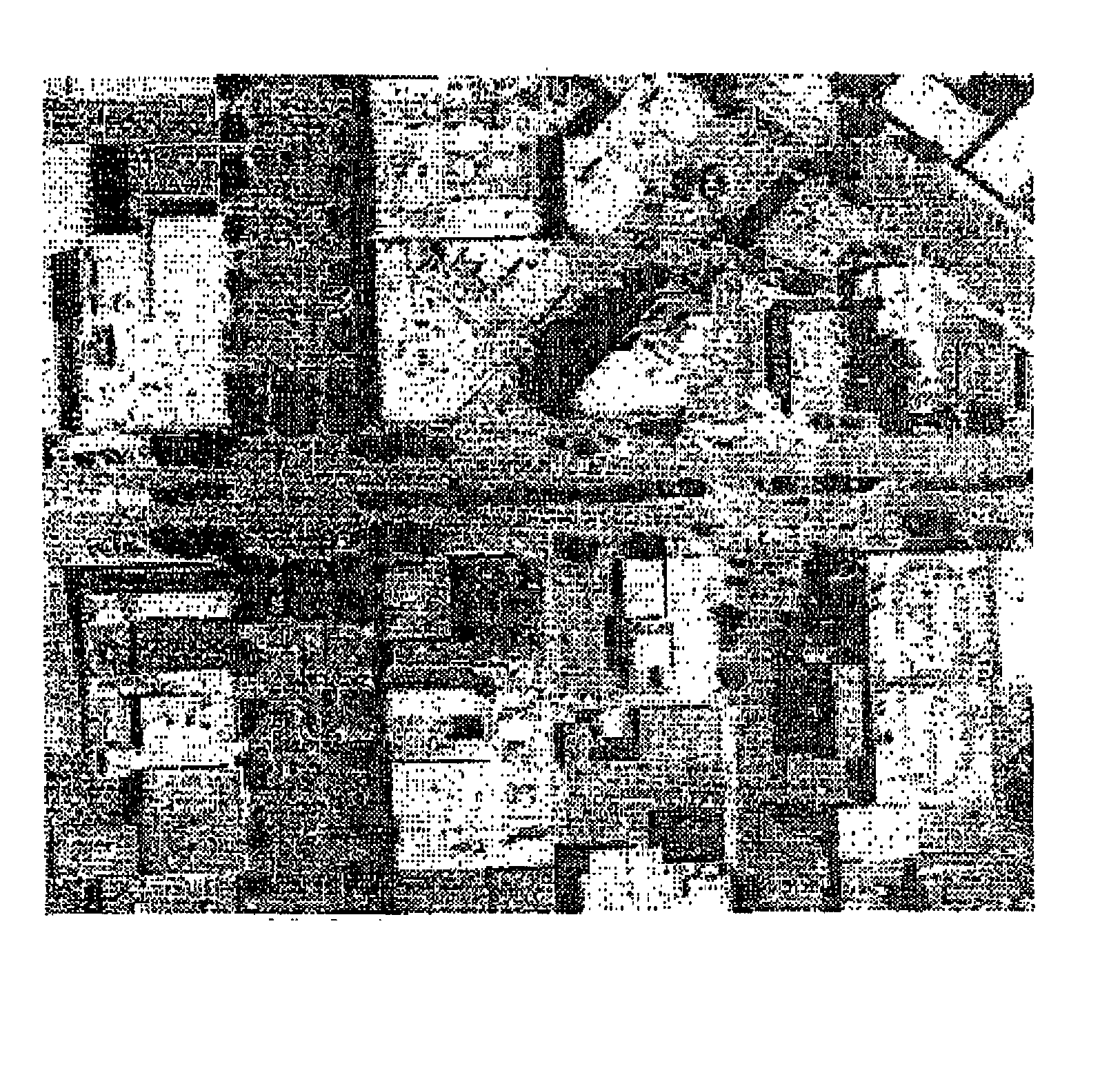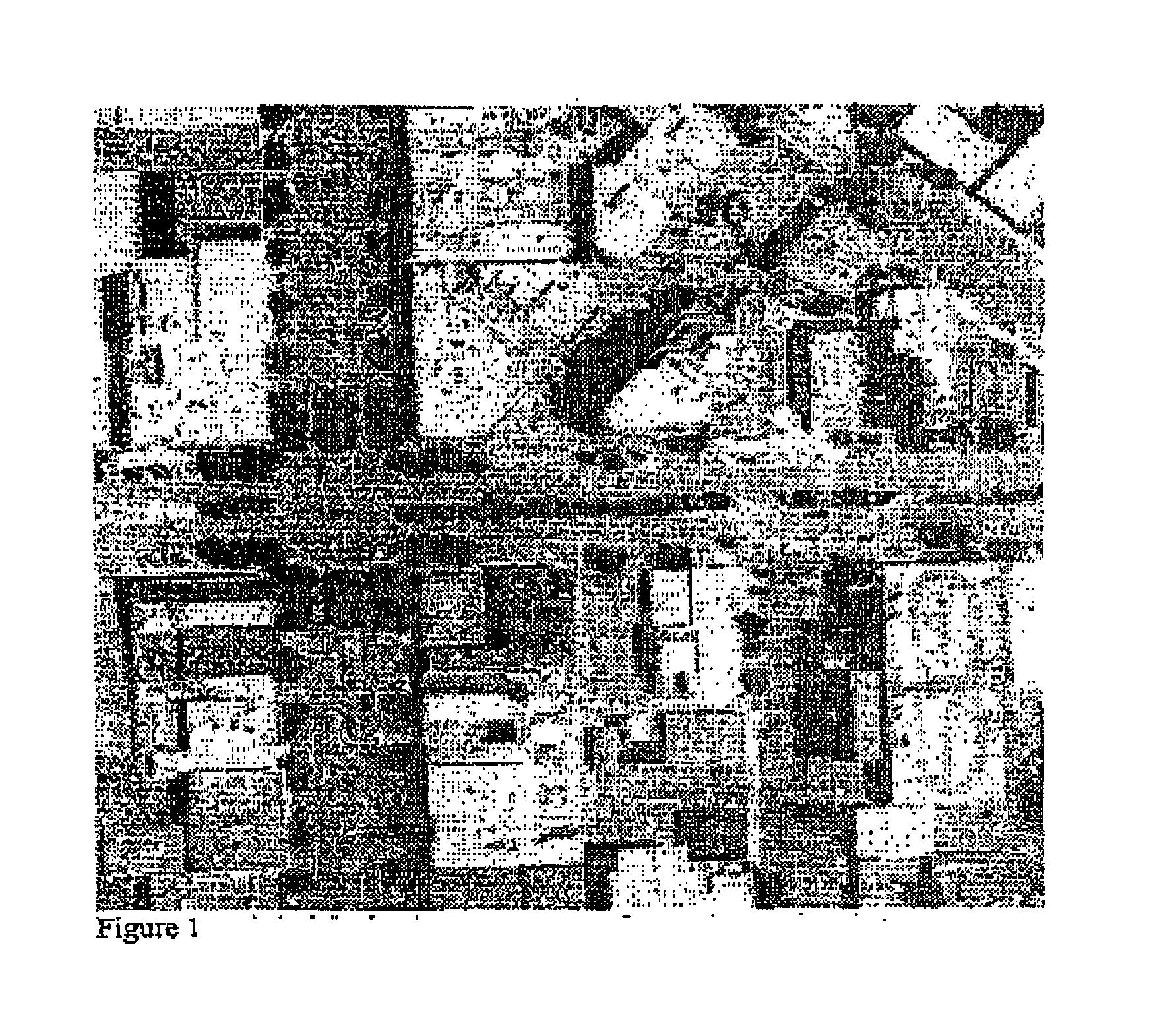Method and system for modeling and managing terrain, buildings, and infrastructure
a technology of terrain and infrastructure, applied in the field of engineering and geographical information systems, can solve the problems of insufficient coverage, a "dead zone", interference of indoor wireless pbx (private branch exchange) system or wireless local area network, and the cost of in-building and microcell devices providing wireless coverage within a 2 kilometer radius is diminishing
- Summary
- Abstract
- Description
- Claims
- Application Information
AI Technical Summary
Benefits of technology
Problems solved by technology
Method used
Image
Examples
Embodiment Construction
[0037] Referring now to the drawings there is shown a method for creating, using, and managing a three-dimensional digital model of the physical environment that combines outdoor terrain elevation and land-use information, building placements, heights, and geometries, and the interior structure of buildings such as walls, floors, windows, and doors. The resulting three-dimensional digital model represents a seamless integration of indoor and outdoor environments.
[0038] In order to perform highly accurate, location-specific simulations of wireless communication system performance, or to maintain site-specific records of equipment cost, installation cost, repair records or equipment replacement or service, or to monitor or track performance data of the network, or to keep an archived record of the site specific location of installed equipment over time and space, a very detailed description of the physical environment in three-dimensions is required. Until recently, high-resolution ge...
PUM
 Login to View More
Login to View More Abstract
Description
Claims
Application Information
 Login to View More
Login to View More - R&D
- Intellectual Property
- Life Sciences
- Materials
- Tech Scout
- Unparalleled Data Quality
- Higher Quality Content
- 60% Fewer Hallucinations
Browse by: Latest US Patents, China's latest patents, Technical Efficacy Thesaurus, Application Domain, Technology Topic, Popular Technical Reports.
© 2025 PatSnap. All rights reserved.Legal|Privacy policy|Modern Slavery Act Transparency Statement|Sitemap|About US| Contact US: help@patsnap.com



